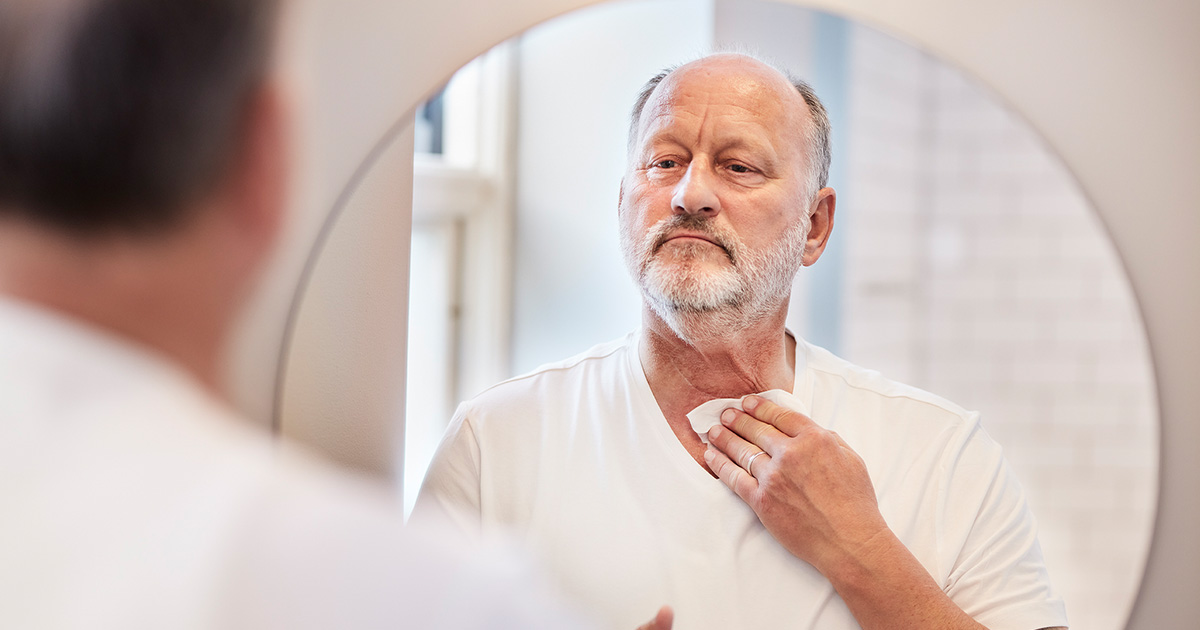Heat and Moisture Exchanger
Heat and Moisture Exchangers (HMEs) help to reduce mucus production and coughing by humidifying and filtering the air you breathe through your stoma. Atos Medical supplies a number of different HMEs that are designed to suit different lifestyles.
Why use a Heat and Moisture Exchanger?
After a total laryngectomy, you breathe through the stoma in your neck. This means the air that reaches your lungs is cooler and less humid than it should be. Your lungs react by producing more mucus, and your windpipe can feel irritated. You may start to cough a lot and have to clean your stoma more regularly, which can be uncomfortable to do in public. Most people find that wearing HMEs can help.
Watch this video about what happens inside your lungs when you are using an HME and when you are not using an HME.
How it works
The HME sits over your stoma as you breathe through it, warming up the air and making it more moist in the process. It does this by “catching” the heat and humidity of exhaled air, and then transferring it to the air you inhale. To really see the benefits of your HME, you need to wear it all the time. If you haven’t used an HME before, your lungs may start to produce more mucus. This is completely normal, and will settle down within a couple of weeks once your lungs have adapted to the new HME filter.

The foam is treated with a salt called calcium chloride (not kitchen salt).

When you breathe in, the humidity and warm air that are saved in the foam are given back to the air you breathe in.

When you breathe out through your stoma, the foam collects and saves the humidity and warm air.
Share
Save to my content

